QuestionHello,
I have two somewhat unrelated problems. The first one is snails. They appeared out of nowhere and they won't stop reproducing. I didn't mind it when I saw the first and second snail (i thought they were cute) but now there are so many I can't possibly count them. While this has been a problem for 6 months, a new problem arouse in the last few weeks: my tank is now covered in what looks like sticky, little egg-filled pouches (this event is completely new). I searched online and the best explanation is snail eggs. However, it is a mystery to me that they appeared NOW, while they have obviously been reproducing unexplainably for 6 months.
Further, one of the reasons why I have avoided the store recommended snail killer is that I have two dwarf frogs that could also be harmed by the product. If a snail-killer is the solution, how do I guarantee safe conditions for my froggies during the treatment and after, when I transfer them back to the tank?
My other problem also appeared a few weeks ago: this ugly brown-green algae looking film has been appearing on the plastic plants, and gravel of the tank. I used an algae killer but had no results. It makes the water in the tank look greenish even though I made a point of changing it a little more often to try to clean it out.
Any suggestions?
Thank you very much,
Sandra
AnswerHi Sandra,
The most common snails to get into our aquariums are Red/brown Ramshorn snails which are round-shelled little snails and Trumpet snails which have a elongated shell.
Snails find their way into our aquariums by hitching a ride on an aquatic plant either in egg form or nearly invisible baby snail form. They can also be accidentally netted along with fish and frogs you buy your petstore.
While they are beneficial to have in your tank because they do a great job of cleaning up old plant matter, leftover food, and dead critters, if their food source is too plentiful, their population will get out of control and while usually not a huge problem, sometimes they can reach numbers so high that they are polluting the tank almost more than the fish themselves.
The key is- you can manage snail populations in your tank by limiting their food source. If they don't get a lot to eat, they won't breed as easy and many will eventually starve off. It really helps to vacuum the gravel extra when you have a snail problem.
There are many snail killer products and chemicals but I do not recommend ever using poisons like copper to kill off snails. The chemicals are often stressful/deadly to fish and other aquatic animals and the resulting sudden snail die-off can trigger an ammonia spike as the beneficial bacteria are overwhelmed.
Another option is quite harsh and may not be acceptable by some. But sinking a lettuce leaf in the tank overnight and removing it by morning will take out many snails. Repeat this a couple of times and your population will get back under control.
There are also some fish like Loaches that enjoy eating snails too. But some loaches grow large such as the Clown loach and need big tanks eventually.
However, I feel that the best control for snails is preventing them too much excess leftover food and extra gravel vacuuming will usually get their population under control with time.
The algae problem can also be easily gotten rid of with extra water changes as well as scraping it off at much as you can with each water change. Algae thrives on two main things, light and nutrients. If it gets too much of either, it can spread rapidly or even create an "algae bloom" which looks like pea soup.
*Algae killers really are not the best solution. Controlling the causes are much more effective of course.
Its very possible the snails and algae go hand-in-hand with the algae feeding the snails, and the snails' waste feeding the algae. And the cycle continues on. I bet that controlling the algae would greatly help in controlling the snails. Both problems are a sign that your tank is getting too much of something.
I hope this helps and best of luck!
Karen~

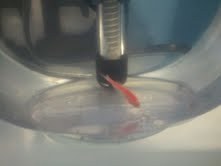 fish disease?
Question
Fish tail
Hello,
I have a 20 gallon tank that
fish disease?
Question
Fish tail
Hello,
I have a 20 gallon tank that
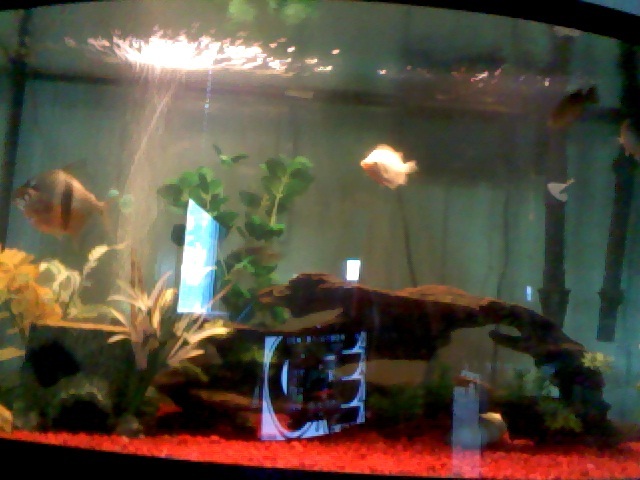 treatment for cat fish
QuestionQUESTION: hello,i have a 46 gallon tank with 2
treatment for cat fish
QuestionQUESTION: hello,i have a 46 gallon tank with 2
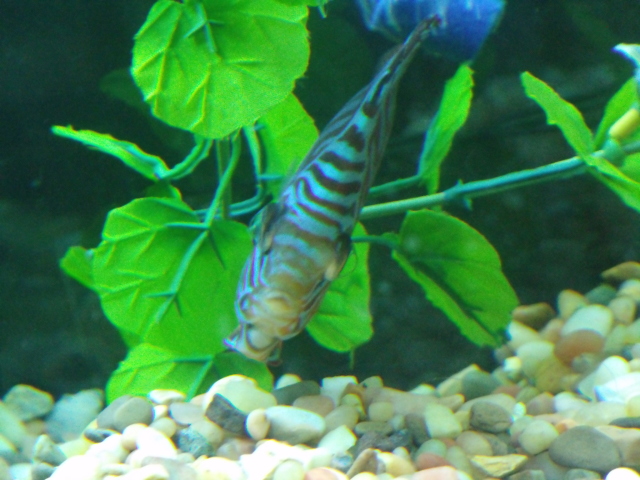 Discus with popeye not eating
Questionpopeye, possible hole
QUESTION: I was d
Discus with popeye not eating
Questionpopeye, possible hole
QUESTION: I was d
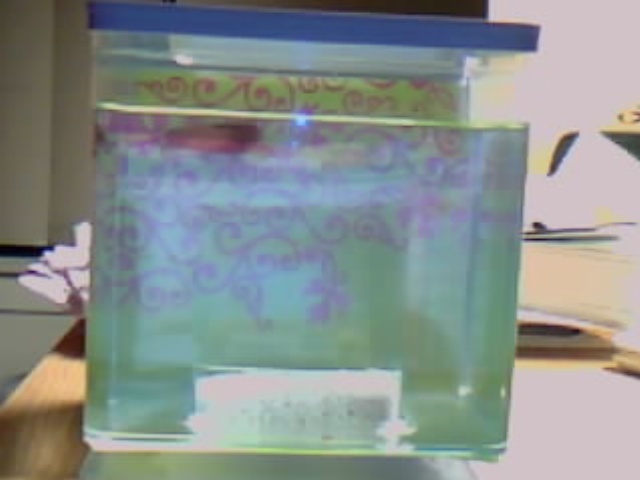 I Need Some Help Please and Thank you!
QuestionHer Tank! any ideas
QUESTION: I just got
I Need Some Help Please and Thank you!
QuestionHer Tank! any ideas
QUESTION: I just got
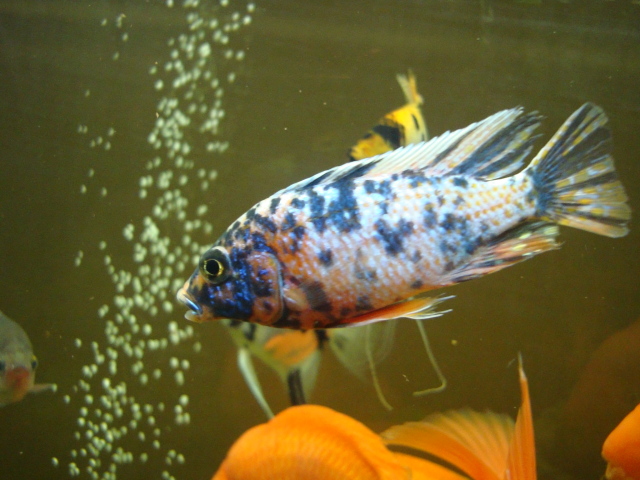 parrots and cichlids
Question
Cichlids
Hi,
Please can you tell which cichlid
parrots and cichlids
Question
Cichlids
Hi,
Please can you tell which cichlid